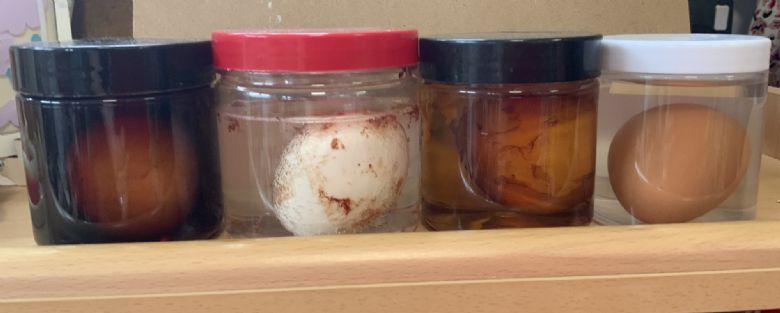Oral Hygiene in the Early Years
World Oral Hygiene Day is celebrated on the 20th March every year, dedicated to raising global awareness of the issues around oral health and, most importantly, oral hygiene.
We chose to dedicate a week of learning to promoting oral health in our setting. By incorporating good oral health into our curriculum, we hope to educate about the importance of eating healthily, visiting the dentist regularly and to develop a good tooth-brushing routine.
We arranged for a local dentist to visit, which was a great way to teach valuable oral health education. Sam talked to our Nursery and Reception classes about her role and told us lots of important facts about teeth.
The children helped her to sort foods which made their teeth happy and sad, showed us how many cubes of sugar there are in some of our favourite foods and told us a story about Jessica’s visit to the dentist. Sam modelled the PPE that dentists wear and explained why each of the items are worn.
They have learnt that we only add toothpaste the size of a pea to our toothbrush before brushing each tooth in a circular motion. Toothbrushing should last 2 minutes, and it is important not to rinse your mouth at the end. This should be done twice a day, bedtime being the most important brush.
In addition to this, throughout the week, various activities were available for children to explore and to raise their awareness about teeth. These included the following:
- Practising cutting skills to make the bristles on a toothbrush.
- Making a number of play-dough teeth to correspond with a numeral.
- Sorting healthy and unhealthy foods, matching them with a healthy or rotting tooth.
- Using a dry wipe marker pen, colour black marks onto healthy-looking teeth and use a toothbrush to ‘clean’ them.
- Drawing a tooth map, illustrating 20 teeth of varying sizes and positions.
- Sorting teeth by size
- Boiled egg experiment to observe what happens when eggs are placed into a jar of fizzy drink, apple juice, vinegar and water. The eggshell represents the outer layer of teeth and is also made up of calcium. The results were astonishing and showed how sugar and acid damage the enamel on our teeth over time.



